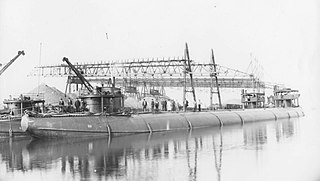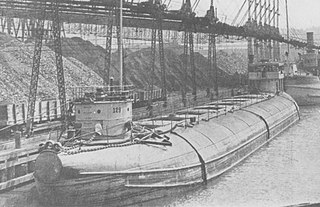
Lake freighters, or lakers, are bulk carrier vessels that operate on the Great Lakes of North America. These vessels are traditionally called boats, although classified as ships.

SS Arthur M. Anderson is a cargo ship of the laker type. She is famous for being the last ship to be in contact with SS Edmund Fitzgerald before she sank on November 10, 1975. Arthur M. Anderson was also the first rescue ship on the scene in a vain search for Edmund Fitzgerald survivors. The vessel's namesake, Arthur Marvin Anderson, was director of U.S. Steel, a member of its finance committee and vice chairman of J.P. Morgan & Co. at the time. The ship was launched in 1952 and is in active service.

The J. B. Ford was a steamship bulk freighter that saw service for 112 years on the Great Lakes of the United States and Canada.
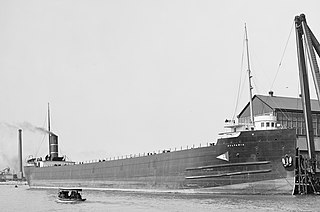
The SS Sylvania was a 572-foot (174 m) Great Lakes freighter that had a long 79-year career on the Great Lakes. Sylvania was built by the West Bay City Shipbuilding Company of West Bay City, Michigan as hull #613. She was built for the Duluth Steamship Company of Duluth, Minnesota.

Augustus B. Wolvin was a 560 ft (170 m) long Great Lakes freighter that had a 63-year career on the Great Lakes. Augustus B. Wolvin was a product of the American Shipbuilding Company of Cleveland, Ohio. She was built for the Acme Steamship Company of Duluth, Minnesota.
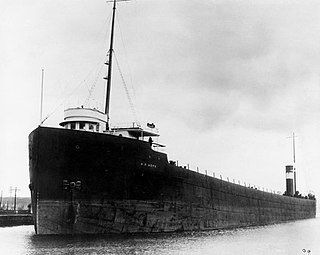
The H.P. Bope was an American steel-hulled, propeller-driven Great Lakes freighter built in 1907 by the Superior Shipbuilding Company of Superior, Wisconsin for service on the Great Lakes of North America. She was used to transport bulk cargoes such as coal, iron ore and grain.

The J.H.G. Hagarty was a 550-foot (170 m) Canadian Great Lakes freighter that served from her launching in 1914 to her scrapping in 1968. The Hagarty was used to haul bulk cargoes such as iron ore, coal, grain and occasionally limestone. She had a length of 550-feet, a beam of 58-feet and a height of 31-feet. She was powered by a 2,400 horsepower triple expansion steam engine and fueled by two coal-fired Scotch marine boilers.

SS Willis L. King was a 600-foot-long (180 m), steel-hulled, propeller-driven American Great Lakes freighter built in 1911 by the Great Lakes Engineering Works of Ecorse, Michigan. She was scrapped in 1984 in Ashtabula, Ohio. Willis L. King is best known for her collision with the steamer Superior City on August 20, 1920, in Whitefish Bay.

The Henry Phipps was a 601-foot-long (183 m) American Great Lakes freighter that served on the Great Lakes of North America from her launching in 1907 to her scrapping in 1976 by Hyman Michaels Company of Duluth, Minnesota. The Phipps was used to haul bulk cargoes such as iron ore, coal, grain and occasionally limestone.

SS Senator was a steel-hulled Great Lakes freighter that sank on Lake Michigan with the loss of nine lives and 268 Nash automobiles, on Halloween of 1929 after she was rammed in heavy fog by the bulk carrier Marquette. She lies in 450 feet (140 m) of water 16 miles northeast of Port Washington, Wisconsin. On April 12, 2016 her wreck was listed on the National Register of Historic Places.
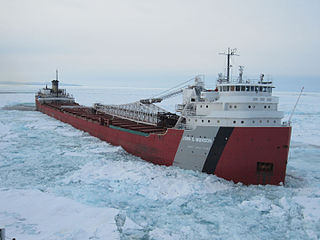
Great Lakes Fleet, Inc. is a shipping firm headquartered in Duluth, Minnesota that operates a fleet of nine self-unloading bulk carriers on the Great Lakes transporting dry bulk cargo such as iron ore, coal and limestone.










